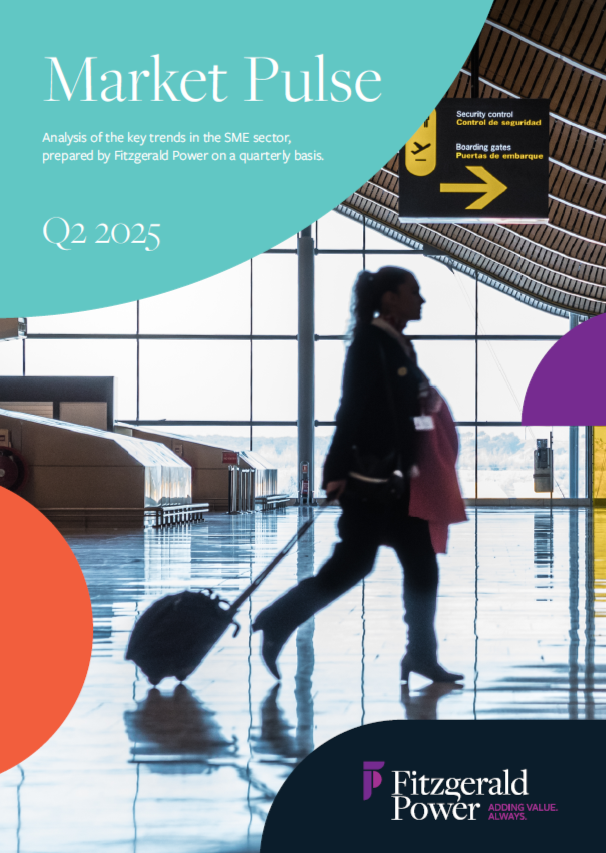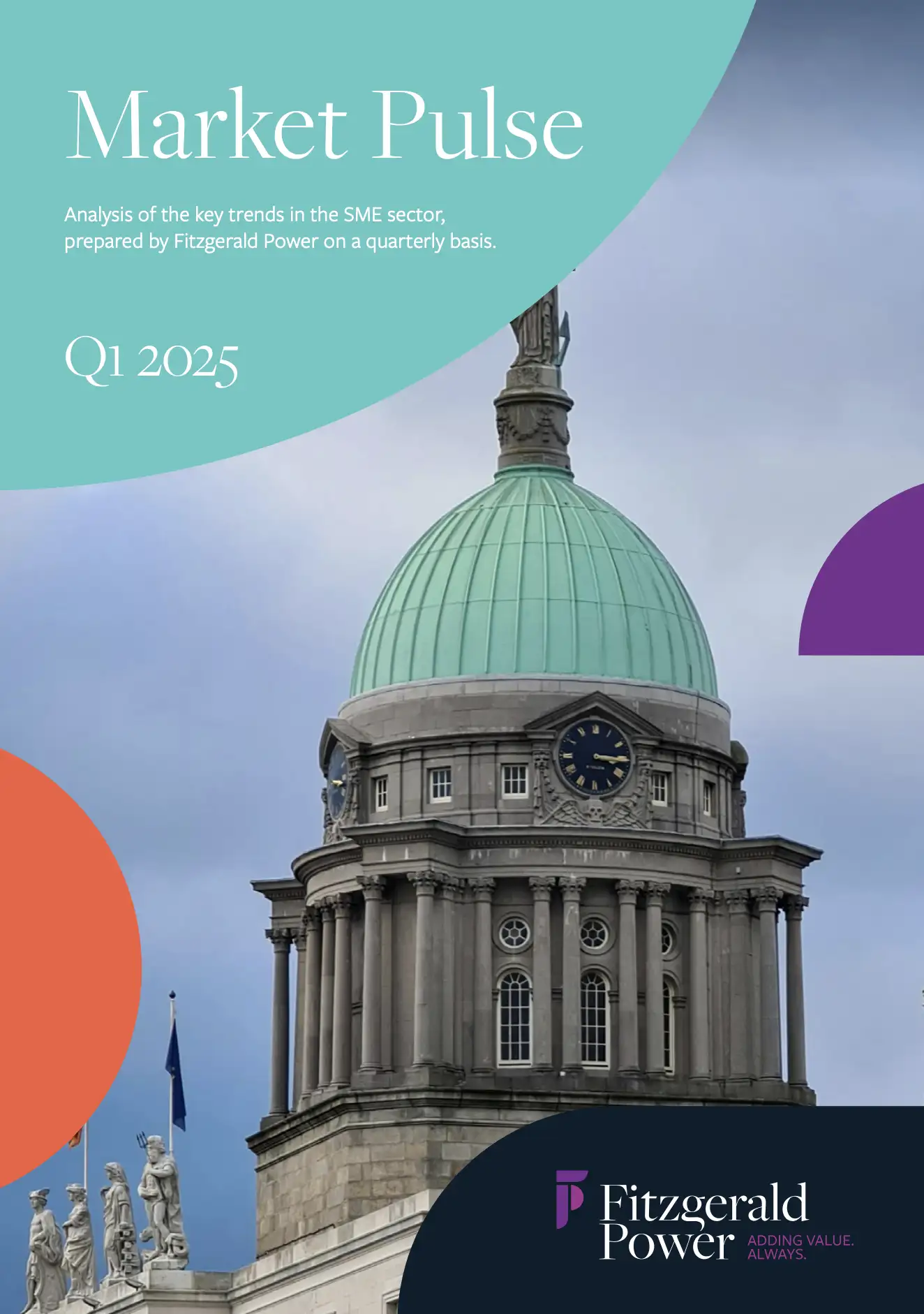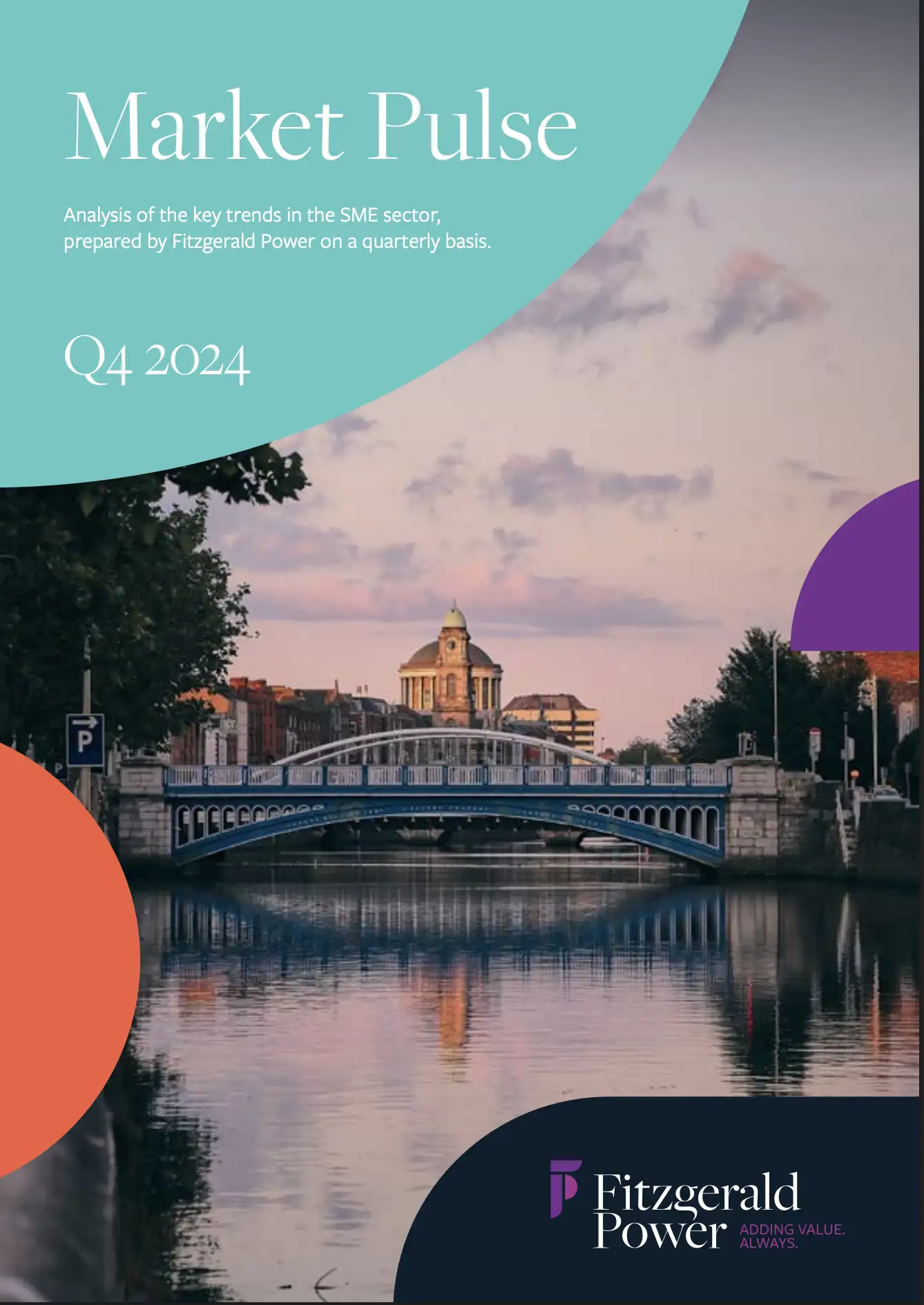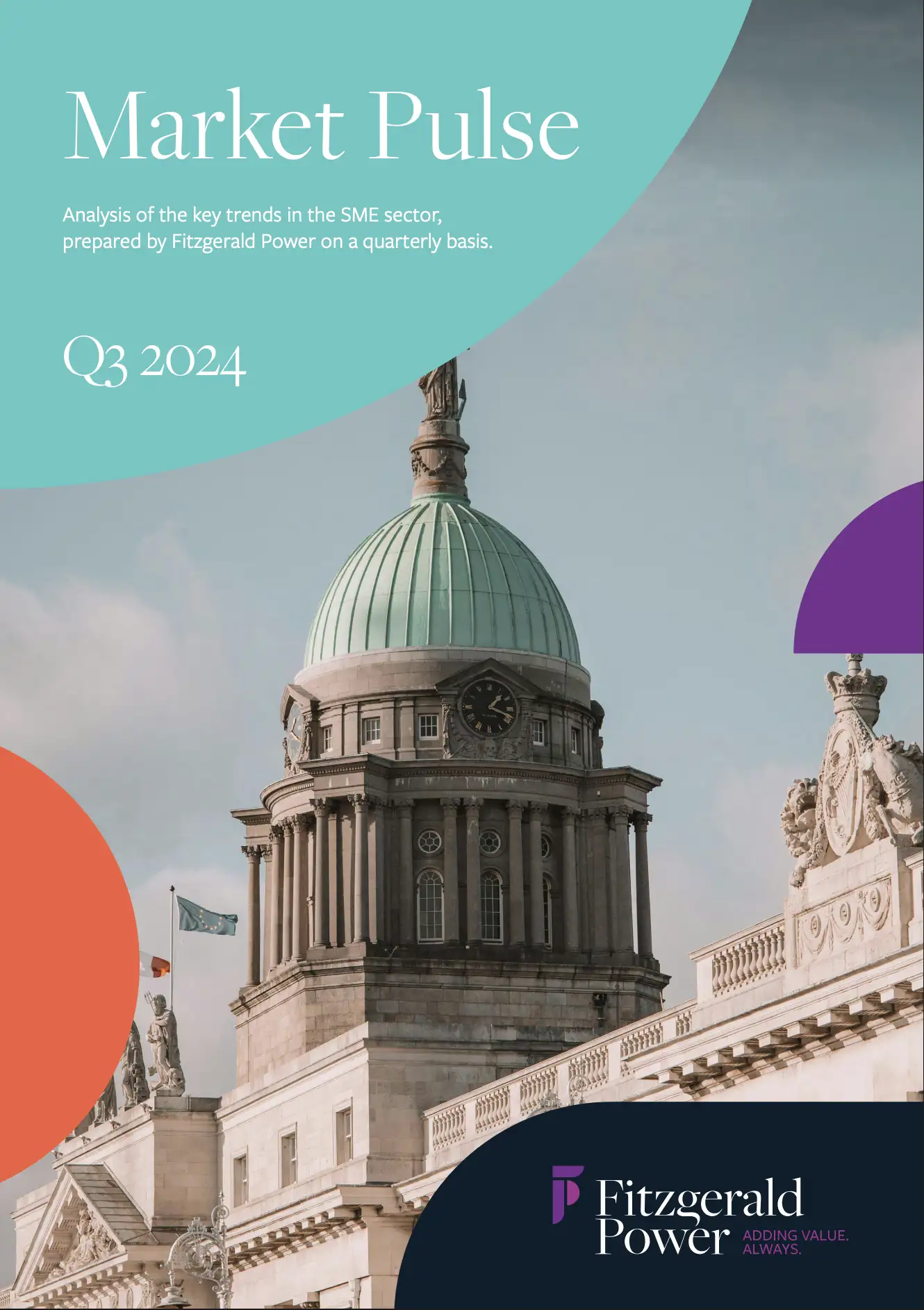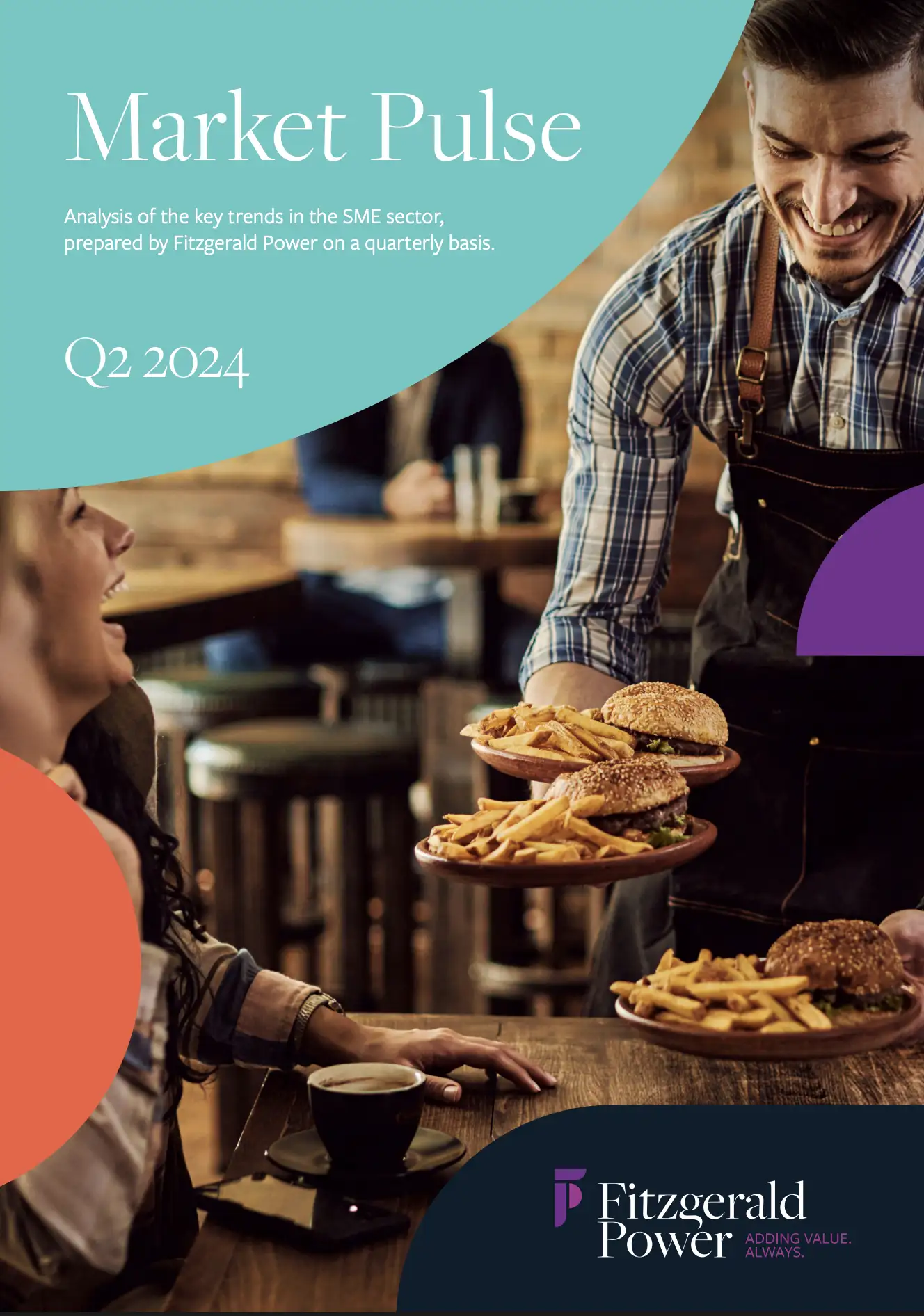Summary Q2 2025
Irish Economy
The Central Bank Quarterly Bulletin for Q2 2025 reports domestic activity grew by 1% in Q1, driven by consumer and government spending despite weaker investment. Employment rose 3.3% year-on-year, with unemployment steady at 4.3% as labour demand eased. Headline GDP surged on a 64% rise in US exports, boosted by pharmaceutical output and anticipated tariffs. MDD is forecast to grow 2% in 2025, at a slower pace than previous years. MNE sectors rose 42%, domestic sectors grew 1.3%, and the Business Cycle Indicator signalled above-average growth despite softer sentiment.
Global Economy
In Euromonitor International’s Q2 2025 baseline forecasts, global real GDP growth is now forecast to slow to 2.9% in both 2025 and 2026, down from 3.2%, driven by weaker US and China prospects and rising trade tensions. Growth in advanced economies is set to ease to 1.4% in 2025, with the Eurozone lagging at 0.9%. US growth is projected to slow to 1.8% despite potential support from tax cuts, as supply chain and policy risks weigh.
Housing Market
Irish median house prices rose 9.5% year on year in Q2 2025 to €370,000 – up 51% since 2020, per Geowox data. Sales volumes fell 13%, but demand stayed strong for energy efficient and new homes, which sold at large premiums. Dublin remains the most expensive market, with Dublin 6 leading at €800,000; Donegal had the lowest median price at €179,000.
Tourism Trends
CSO data shows, visitor numbers to Ireland fell just 2% in June, easing sharply from double digit declines earlier this year. Over 650,000 tourists spent €646.5m, down 5.5% year on year, while average stay length rose to 7.9 nights. Britain remained the top market, with growth from the US and Germany; most visitors came for holidays or to see family.
Debt Pressure
Research from Bibby Financial Services reveals 38% of Irish SMEs wrote off bad debts last year, averaging €25,000 each, though this marks a 28% drop. Delayed payments remain a major strain, with unpaid invoices averaging €72,000 and cashflow challenges hitting growth plans. Despite this, 92% plan to invest – mainly in staff, recruitment and digital tech – showing strong resilience and ambition.

